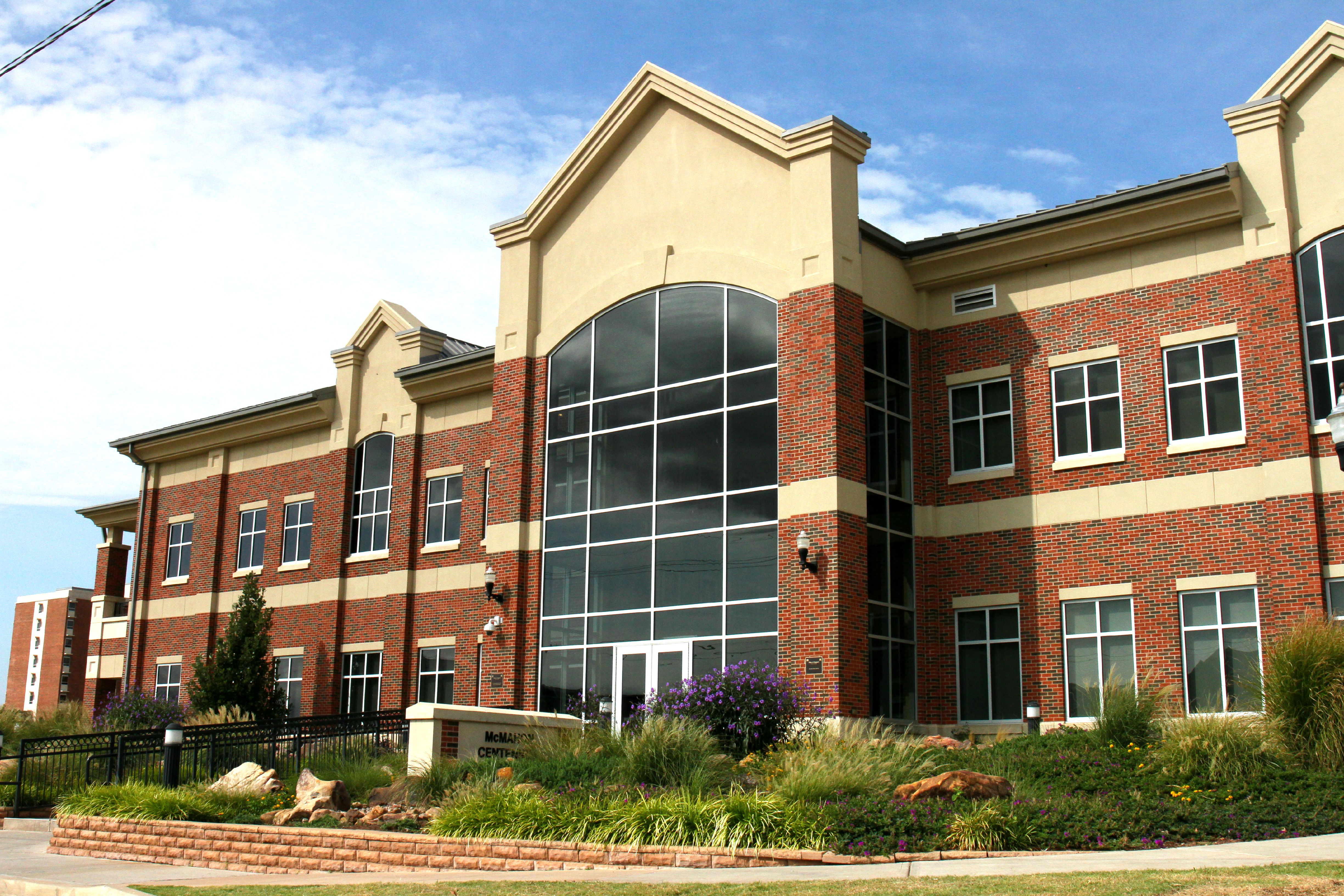Vicky Smith
Managing Editor
@pinkwritinglady
Cameron University faculty and staff are preparing for state budget allocation deductions for FY2017, which begins July 1.
Cameron President Dr. John McArthur said the state legislature allocates a budget of seven billion dollars, and higher education is allotted about one seventh of the budget.
“Higher ed receives about a billion,” McArthur said. “If that proportion of the budget is distributed equally to all the state agencies – corrections, transportation, common education [and] career tech. … Cameron’s share of that reduction would be between 1.5 and three million dollars.”
McArthur said the state budget is likely to decrease because of the anticipated state revenue shortfall.
“The revenue shortfall, primarily due to oil and gas revenue declines,” McArthur said, “[is] between 500 million and 1.2 billion dollars.”
To prepare the university to absorb the reductions, McArthur said he has a plan in progress.
“I want to create a list that has twice the dollar amount on the list of what we expect for a reduction,” he said. “We’re expecting a reduction of three million dollars, so I would like to have a six million dollar planning list for increased revenue or reduced services.”
McArthur said he plans to create the list between now and the end of December. When students, faculty and staff return from winter break, he would like to distribute the list around campus in order to facilitate discussion regarding the pro and cons of each item on the list.
“About the first of March,” McArthur said, “I’ll need to make a decision [and] prioritize that list.
“Then, when we know what our budget’s going to be [in early June], we’ll work down that list to meet that reduction amount.”
According to McArthur, the state allocation money is only a portion of the funds used to operate the university.
For this year, he said 42 percent of revenue has come from the state, 56 percent has come from student tuition and fees, and two percent has come from gifts, grants and other funding sources.
However, for the university to adjust to the reduced percent of revenue from the state, McArthur said there are two main options.
“Our choices are we can increase our revenue from other sources,” he said, “we can reduce our services in some areas, or more than likely, it will be a combination of the two.”
McArthur said he and faculty members will review the extracurricular and co-curricular activities, as well as degree programs, for potential reductions.
“The degree programs that we offered when I was a student may not be the degree programs that we need for your future,” he said. “[But] preserving your opportunity to pursue the degree of your choice is going to be among one of our highest priorities, so I don’t think you need to worry about a degree program or a course going away that you need to graduate.”
McArthur said to increase the university’s revenue, he and faculty members can start with outside funding sources.
“We’re certainly going to work very hard on the external gifts and grants,” he said. “Then we will consider tuition and fees as well.”
According to McArthur, the last time the university underwent major state budget reductions was in FY2003.
“That next year,” he said, “Cameron raised its tuition 20 percent. I don’t think we’re looking at that kind of increase, and the reason I say not is for the last few years, as we’ve increased tuition, enrollment has gone down a corresponding amount.”
McArthur said he and faculty members will look very hard before increasing tuition and fees.
“We want you in school,” he said, “so we don’t want to price Cameron out of the market of serving high school graduates from Southwest Oklahoma so they can go to college … but it is certainly possible we could increase tuition and fees.”
McArthur said he will be happy to talk to any student groups about the anticipated budget deductions.
“This budget situation is serious,” he said, “and it’s going to be serious enough without rumors and panic. … Right now, we have time to plan and then think about really what we expect to see in the future.”

